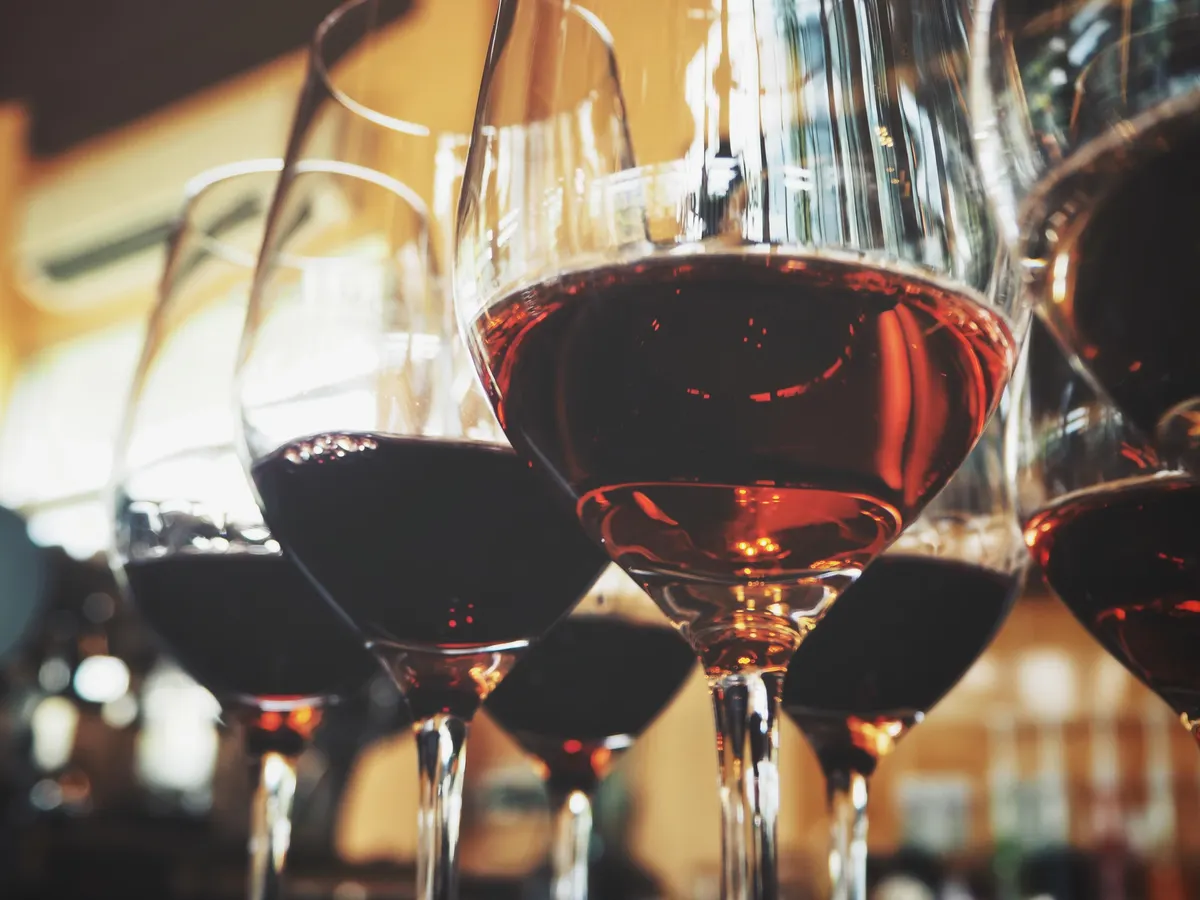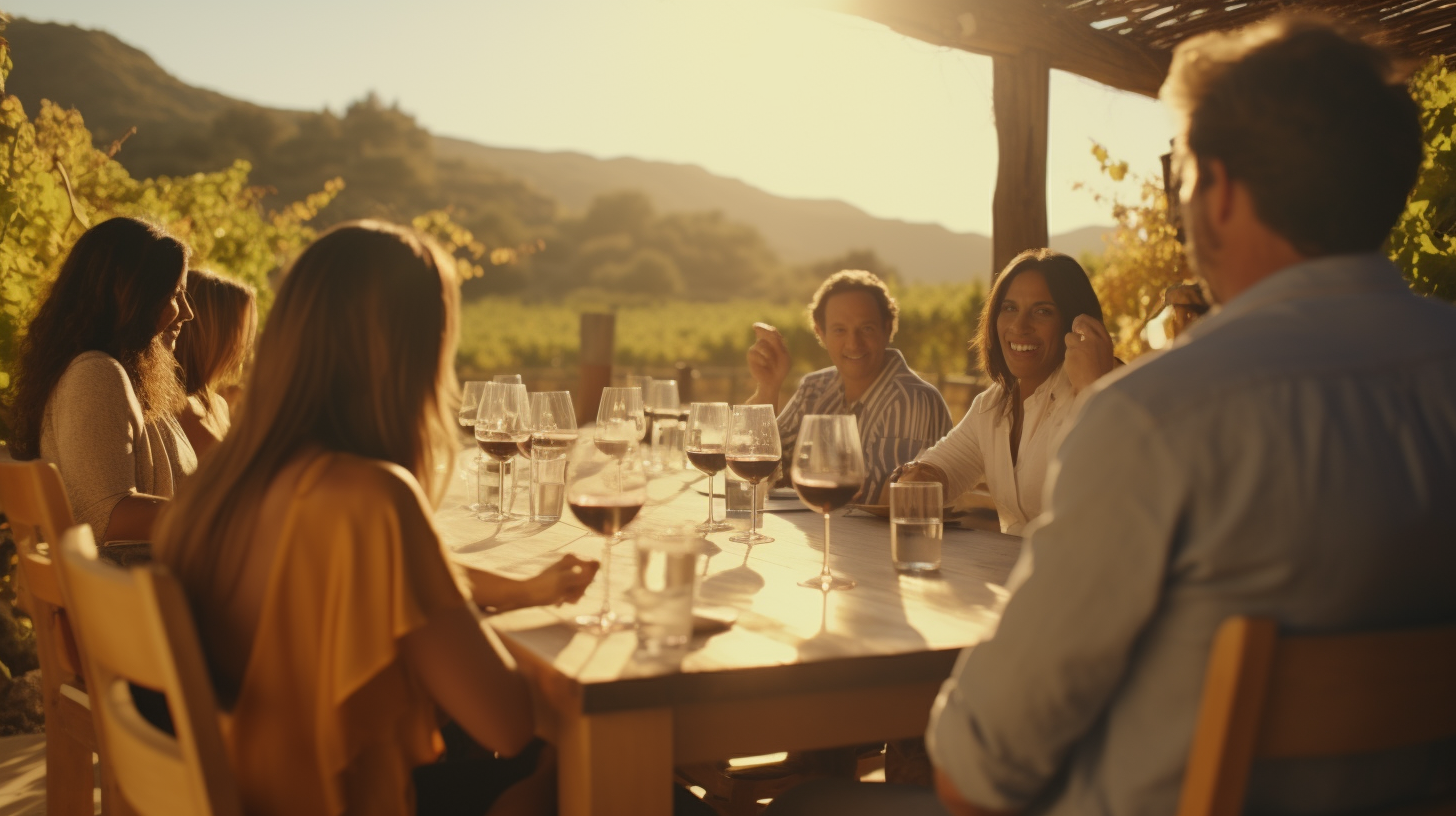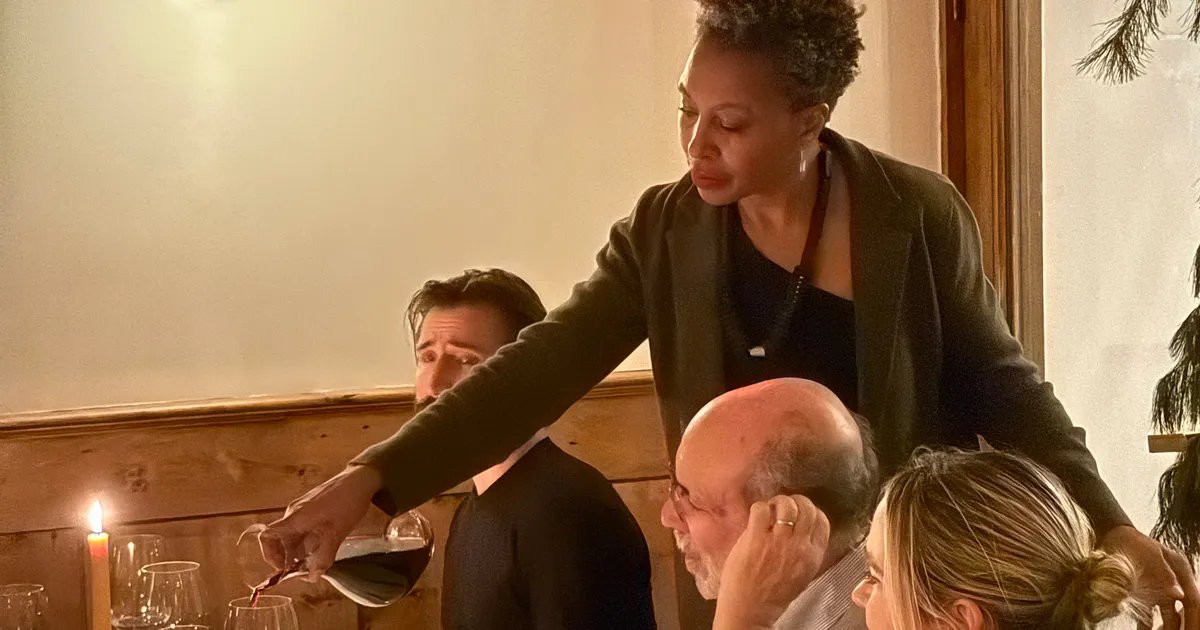Wine tasting fees have experienced a dramatic rise over the past decade, with U.S. tasting costs increasing by nearly 350% since 2012. In Napa Valley, where Christy Coors Ficeli purchased Goosecross Cellars in 2013, the tasting fee has risen from $20 to $50.
Coors Ficeli reflects on a time when tastings were nearly free, and visitors often received a glass with the winery’s name etched on it. The rising costs have contributed to a slowdown in visitor numbers, with many feeling the pinch as the prices continue to climb.
To counteract the decline in visitors, Goosecross Cellars implemented dynamic pricing in 2023, offering discounted tasting sessions during off-peak hours, such as weekday mornings. This move has paid off, with increased wine club memberships and a slight uptick in visitors compared to the previous year.
Coors Ficeli has noticed that guests appreciate the feeling of getting value for their money, a sentiment that has helped the winery stand out in a competitive market. The dynamic pricing strategy reflects a broader trend in Wine Country as wineries try to maintain customer flow while adjusting to slower periods.
Wine Regions Collaborate on Discounts to Revive Tourism Amid Rising Tasting Fees
In addition to individual wineries adopting flexible pricing strategies, some wine regions have come together to offer discounts and special programs to draw in more visitors. For example, the Napa Valley Vintners launched the “Napa Neighbors” program, providing discounted tastings to California residents, including two-for-one deals.

Similarly, Sonoma Valley is offering $15 tastings during a special promotion called Sonoma Sips, which has expanded in popularity since its introduction. These region-wide collaborations signal an effort to revive the once-thriving wine tourism sector by making the experience more affordable for guests.
Wine tasting, which was once a simple introduction to a winery’s products, has increasingly become a significant source of revenue. In 2012, the average tasting fee across the U.S. was just $8.50. By 2023, it had risen to $38, with regions like Napa Valley charging up to $75 per tasting.
This substantial price increase has changed the nature of the wine-tasting experience, with some wineries relying heavily on tasting fees to generate income. While this has helped wineries stay afloat, it has also alienated some visitors who now feel that wine tourism has become overly commercialized.
Wineries Offer Free Tastings and Shorter Formats to Attract Visitors and Younger Demographics
In response to rising fees, some wineries have begun offering free or low-cost tasting experiences to attract visitors. For instance, Gamling & McDuck in Napa now offers free tastings for those who book in advance, hoping that the experience will encourage guests to upgrade to paid tastings or purchase bottles.
This strategy aims to recreate a sense of nostalgia for the “golden era” of wine tourism when tastings were more about the experience than the cost. The approach has proven successful, with many guests opting to extend their visits and purchase additional wine.
With longer, seated tasting experiences becoming the norm, some wineries are exploring shorter, more informal options to appeal to younger demographics and time-conscious visitors. Ashes & Diamonds Winery introduced a $45, three-wine “A&D Teaser,” while Honig Vineyard & Winery offers a $30, 30-minute “Fly by Flight” tasting.
These shorter tasting formats not only cater to visitors who don’t have the time for lengthy sessions but also help introduce the next generation of wine enthusiasts to the industry. This shift in approach represents a broader effort to make wine tasting more accessible, fun, and less intimidating, especially for younger audiences.


